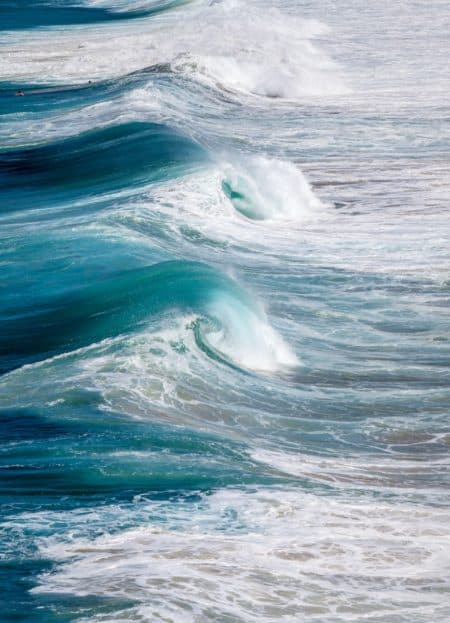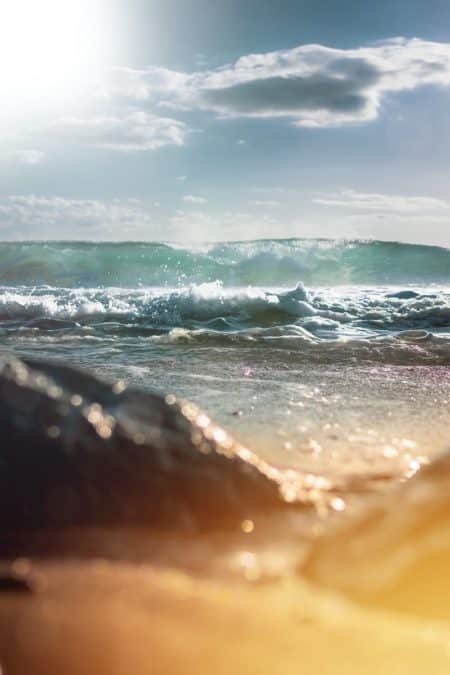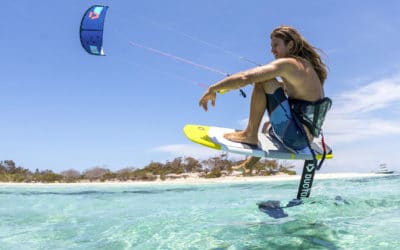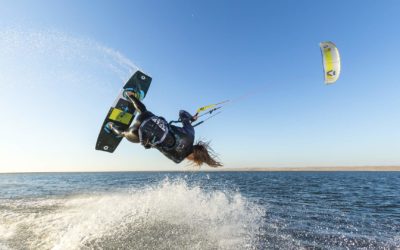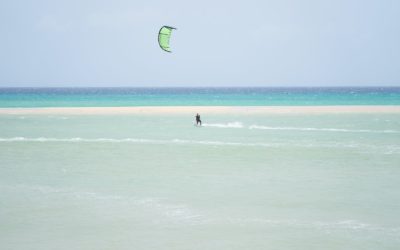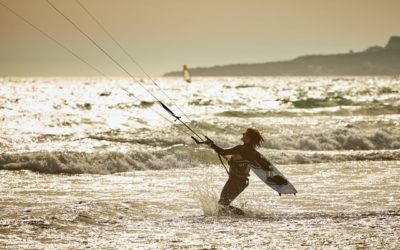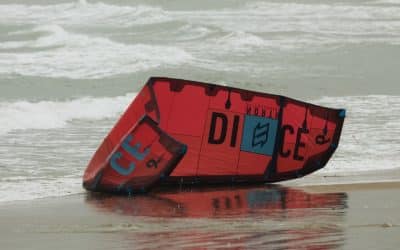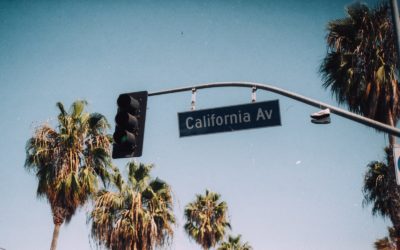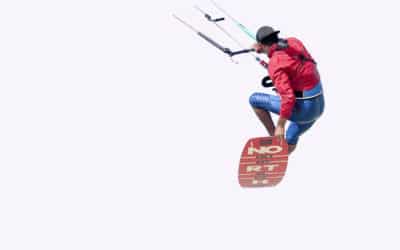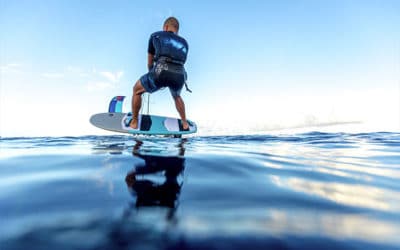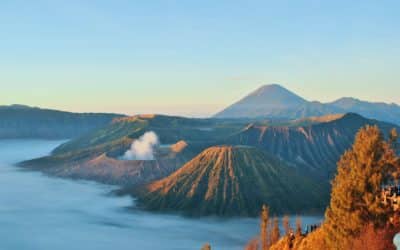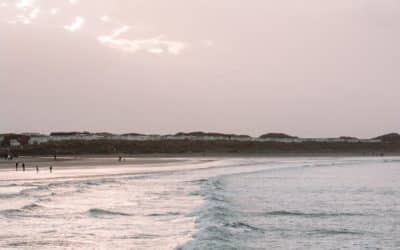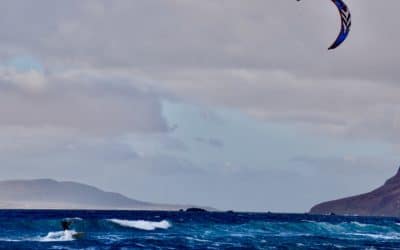All about the different types of waves
In kitesurfing, there are several types of waves. To make the most of the opportunities, it is essential to understand certain elements. Discover the different mechanisms of wave creation to enhance your kitesurfing experience.
Wave Anatomy
Wave and energy
A wave is a mass of energy that moves through the water. This amount of energy is produced by wind, usually local and close to the coast. Sometimes underwater storms or earthquakes can produce waves that travel thousands of kilometres.
The time difference between two waves is called the period. It is expressed in seconds. The larger the period, the faster, stronger and bigger the waves will move. When gaps of less than 10 seconds are observed, they are often waves created by the wind. Between 10 and 15 seconds, the waves will be excellent for kitesurfing or surfing. Waves longer than 15 seconds are called swells.
Three elements characterise a wave: period, size and direction. It is important to analyse them when preparing your kitesurfing trip. It is also important to check the weather forecast. All this information should allow you to select the best spot.
The bottom
When you touch the bottom, waves are created. Offshore, the depths are very important. The energy of the wave therefore only lifts a little water. The closer to the shore, the shallower the wave. The energy therefore pushes the water upwards. The wave collapses under the force of gravity.
Knowing the shape of a bottom allows us to understand the characteristics of the waves of a spot. We will talk about the phenomenon of energy refraction.
The tide
You still have to take into account the importance of the tide. With a different water level, it is normal that a spot evolves. If a rocky bottom produces very good waves at high tide, this may not be the case at low tide.
Tides also produce currents. Depending on your knowledge of the spot, you can exploit these for kitesurfing.
The lexicon of a wave
There are several words to describe a wave. The peak is the highest part of the wave. It will break the first one. It is important to analyse the peak carefully to know where the wave will break in order to be well placed.
The lip is the crest of the wave. It is the part that is projected forward when the wave is breaking. The face of the wave represents the surface on which the kiteboarder moves.
The shoulder is the softest part and is located at the end of the wave. The steepest part of a wave is called the pocket or curl. This is where the power is concentrated before the break. As for the “impact zone”, it is the place where the lip breaks.
Three types of waves
The beach break
The beach break is a wave that breaks the sand. The presence of sand induces a permanently changing bottom. The water changes the shape of the sandy bottom. A beach break can change from one hour to the next, depending on the bank, the swell or the season. It is important to remember that the power of the waves can shape the bottom, as they stir up large quantities of sand. Most of the time, you will find rather short waves on a beach break.
The reef break
The reef break is made up of rocks and even coral. This type of bottom is always fixed. It gives the kiteboarder a better visibility on the predictions that are reinforced by the video. Of course, the wave will evolve according to the size of the swell, the tide and the season.
Depending on its depth, a reef break may present more danger. Remember that falls on coral or rocks can result in serious injuries. It is important to be familiar with this type of spot and to be properly equipped.
The point break
A point break is the most famous spot for kitesurfers. It is a point of land or rock that juts out into the sea. This can be a cape, for example. The swell coming towards this point breaks near it when the depth decreases. However, its speed is not necessarily impacted by this break, which makes it possible to obtain very beautiful waves that roll out in a very clean manner.
On a point break, the wave always breaks at the same place. Kitesurfers are therefore very concentrated on this type of spot.
Search
Catégories
Recent Posts
Suivez-nous !
